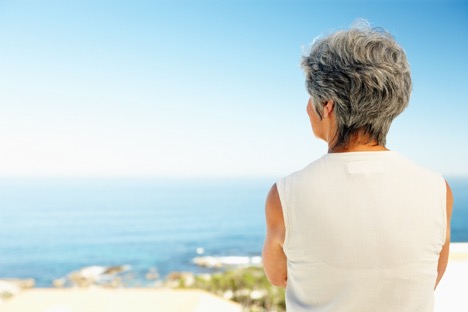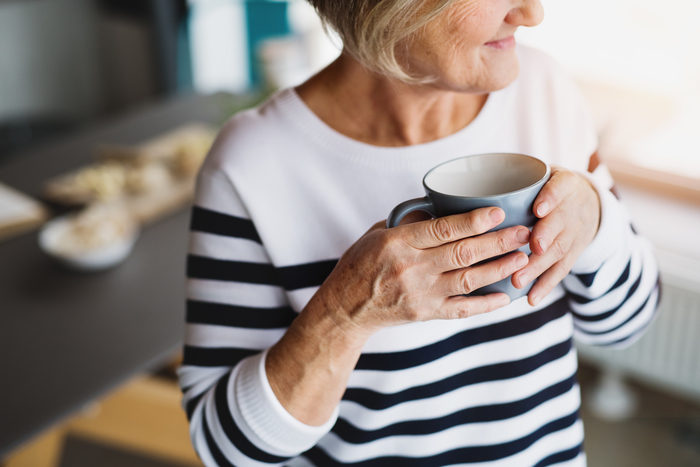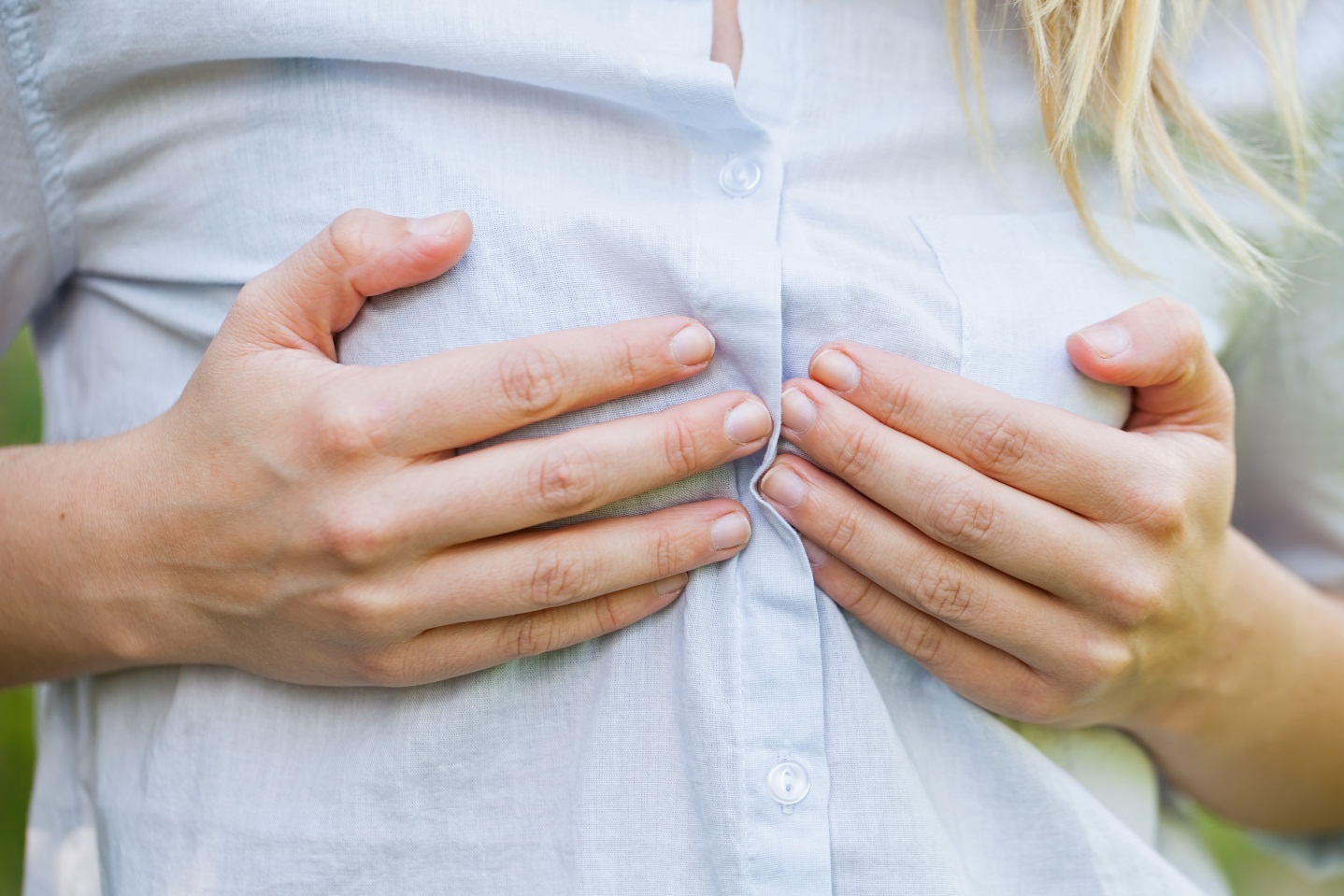
Q:
I had a bilateral mastectomy in October 2016. I finished radiation on the right side in January 2017, and underwent bilateral latissimus flap reconstruction in August 2017. I had capsular contracture (when the scar tissue or capsule that normally forms around the implant tightens and squeezes the implant) on the right side and the implant changed out in March 2018. Once again, I have capsular contracture on the same side. What do I do? They are absolutely not even close to symmetrical. I am only 46. I am kind of thinking that I should just forget reconstruction even though I don’t really want to go flat.
A:
Without knowing all of the details about your situation, I think there is a reasonable chance you have some good options left. Here are a few potential ones:
1. We have reconstructed more than 1,800 breasts with natural tissue alone (no implants) using the abdomen or buttocks. If you have any tissue in those areas, that is our most frequently used option.
2. We have, on several occasions, reconstructed breasts with latissimus flaps alone, with added free-fat grafts, which can sometimes double (or more) the size of the latissimus flap, and make implants unnecessary.
3. For the last 4 1/2 years, we have done all of our implant reconstructions exclusively in front of the muscle, using a full Alloderm (specially preserved donor skin) wrap. This has completely changed our outlook on implant breast reconstruction, and has on occasion produced surprisingly good results – even in radiated breasts. I have converted several “implant-behind-the-muscle” patients (some who already had latissimus flaps) to in-front-of-the-muscle, and they all feel that it is a significant improvement. Free-fat grafting can also be added to implant-based reconstruction to improve shape, size and overall naturalness.
There is absolutely nothing wrong with going flat if you are sure that is what you want to do, but it might be premature for you to decide to do that only because you don’t think you have any other options. I would be delighted to discuss your situation in more detail by phone, if you wish, or see you in person for a consultation.
Thanks for your question! We look forward to hearing from you.
Best,
Dr. Richard M Kline JR MD












